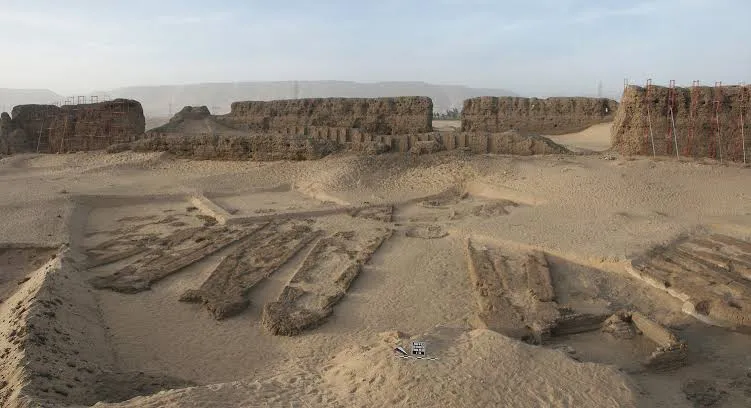Unearthing Egypt’s Ancient Royal Boats: Insights from Abydos
A remarkable discovery at Abydos, Egypt, has revealed what are now considered the world’s oldest known wooden boats. These vessels, hidden under the desert sands over eight miles from the Nile, offer new perspectives on the earliest days of Egyptian civilization. The boats, dating back to around 3000 B.C., provide evidence of the wealth, technology, and spiritual beliefs of early dynastic Egypt. Led by renowned archaeologists like Dr. David O’Connor and Dr. William Kelly Simpson, the excavation is shedding light on a period in history that had long been shrouded in mystery.
Get your dose of History via Email
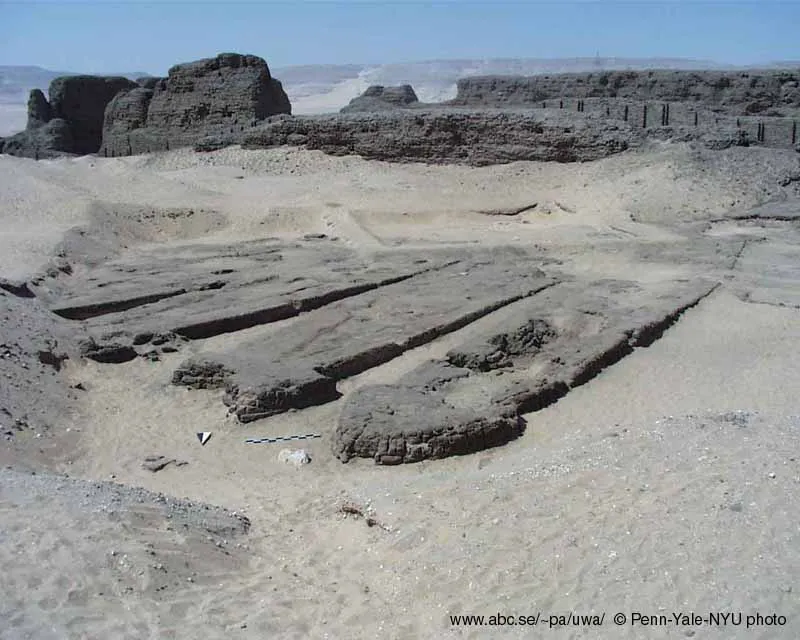
A Fleet of Boats Beneath the Sands
In the early 1990s, researchers uncovered more than a dozen royal boats buried in brick-lined graves. These vessels, now numbering fourteen, were buried near the funerary complex of Pharaoh Khasekhemwy, a ruler from the 2nd Dynasty. The archaeologists, from institutions like the University of Pennsylvania and Yale University, have meticulously excavated, conserved, and studied the boats. The project, led by O’Connor, is revealing intricate details of boat construction and ceremonial burial practices.
The Abydos boats are thought to have been buried for use in the afterlife of an earlier king, possibly from the 1st Dynasty, like Pharaoh Aha. Though some of the boats have deteriorated over time, a large portion of one hull has been successfully conserved and studied, providing invaluable insight into ancient boat-building techniques.
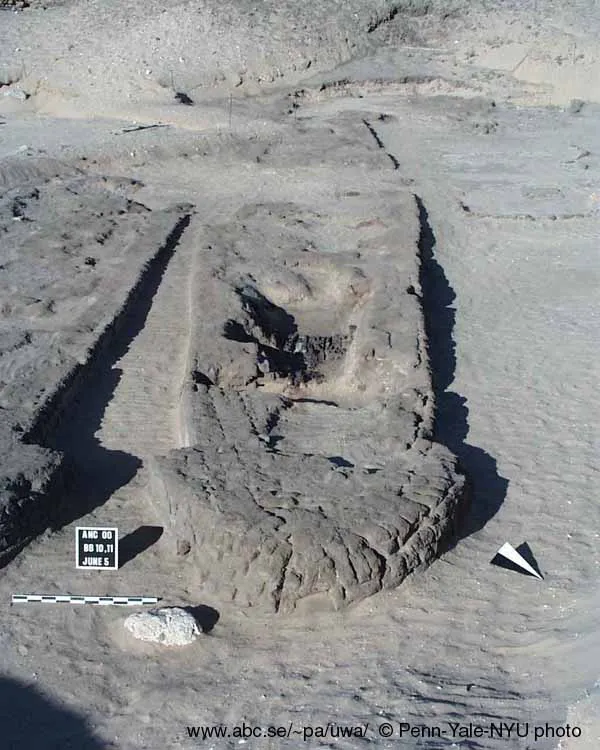
Royal Boats for the Afterlife
The function of these boats extends beyond their craftsmanship. Dr. O’Connor explains that these vessels were likely intended for royal use in the afterlife. In ancient Egyptian belief, the pharaoh, upon death, would join the sun god Ra, traveling across the heavens in a boat. These Abydos boats, built hundreds of years before Khufu’s famous solar barque found near the Great Pyramid at Giza, were direct predecessors of the symbolic and ceremonial boats that played a significant role in later Egyptian dynasties.
The boats are between 60 to 80 feet long and feature a construction technique that predates traditional Mediterranean shipbuilding methods. The vessels were made from thick planks of wood lashed together with ropes and sealed with bundles of reeds. Interestingly, these boats lacked internal framing, which caused some to warp over time as they lay buried. The boats also show evidence of being painted, with traces of yellow pigment found on their remains.
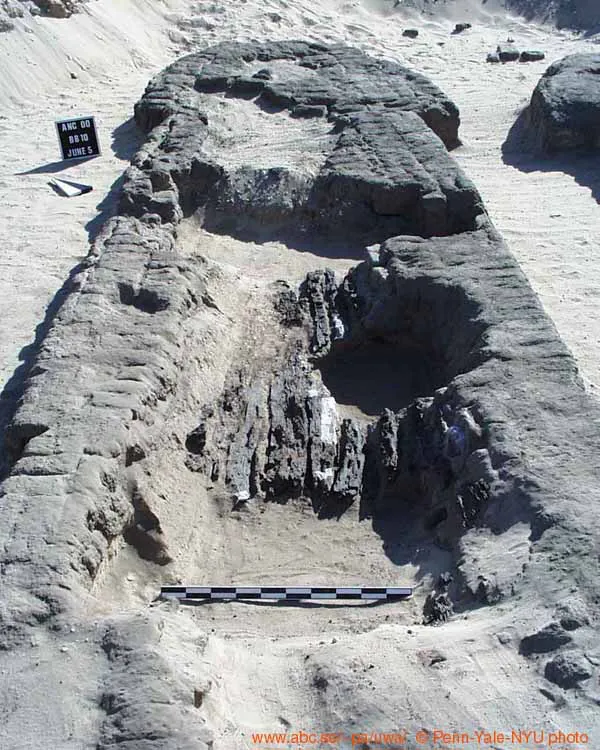
Unique Construction Techniques
One of the standout features of the Abydos boats is the unusual method used to join the wooden planks. Rather than using nails or pegs, the builders employed a mortise-and-tenon joint system. This type of construction, where one plank was fitted into a hole in another, was typical of early Egyptian boat-building but is not seen in later Mediterranean designs. Without internal supports, the boats relied on external structure and reed reinforcements. Archaeologists believe this approach made it easier to disassemble and reassemble the boats, possibly for transport across the desert.
The choice of materials is also intriguing. Unlike later Egyptian boats, which often used cedar from Lebanon, the Abydos boats were made from local wood, specifically tamarisk. Wood was a rare and valuable resource in ancient Egypt, so its use points to the significant investment and importance placed on these vessels.
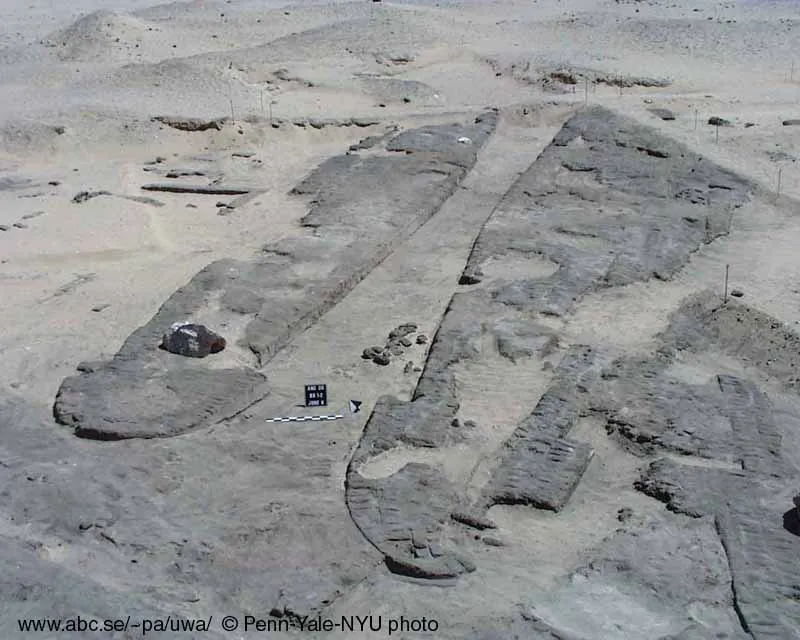
What the Boats Tell Us About Early Egypt
Matthew Adams, Associate Director of the Abydos Boats project, highlights the boats’ value beyond their craftsmanship. These vessels reveal much about the power and wealth of early Egyptian rulers. The ability to construct such large and complex boats 5,000 years ago indicates a sophisticated understanding of both shipbuilding and resource management. The use of imported wood, pigments, and ceremonial artifacts found alongside the boats may provide further evidence of early trade routes and diplomatic relationships.
The ongoing excavation has unearthed pottery jars near the boats, which were typically used to transport beer. Seal impressions on the jars, though worn, may offer clues about the identity of the ruler for whom the boats were buried. If confirmed, these details could provide a clearer understanding of the timeline and ruling figures of Egypt’s early dynastic period.
Preserving History for Future Study
Given the fragile state of the boats, conservation has been a critical aspect of the excavation. The exposure to desert heat and sunlight threatens the integrity of the wooden planks, which have already suffered from insect damage. Conservators like Deborah Schorsch and Lawrence Becker have worked to stabilize and treat the wood, allowing for further study.
The delicate condition of the boats also means that excavation must be approached with caution. Archaeologists hope that future seasons will yield more intact sections of the boats, along with any related artifacts like oars, rudders, and decoration. Such discoveries would offer deeper insights into the construction techniques and ceremonial significance of these early vessels.
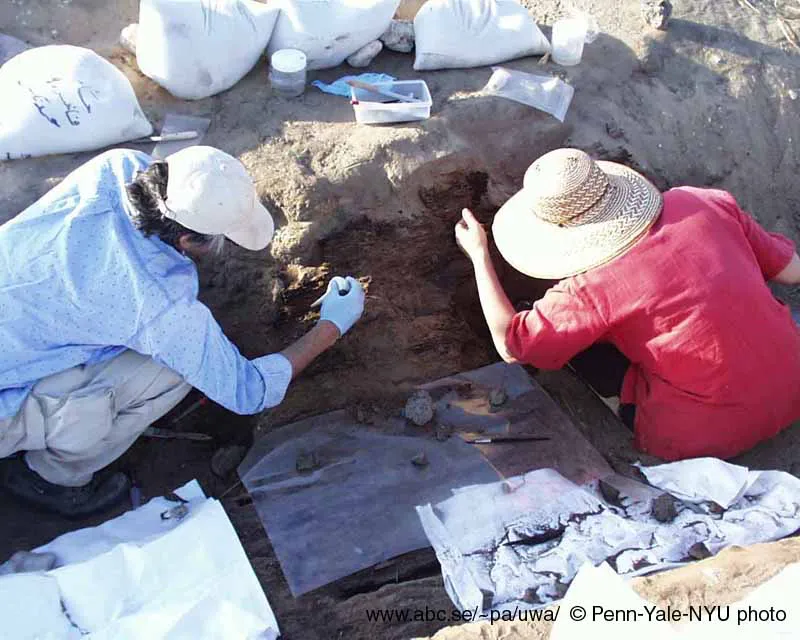
Echoes of Egypt’s Spiritual Journey
The discovery of the Abydos boats adds another layer to our understanding of ancient Egyptian spirituality. The boats represent the early stages of a religious belief that would dominate Egyptian culture for millennia. In later dynasties, the concept of the solar barque became central to the pharaoh’s journey to the afterlife. The Abydos boats, though simpler in design, likely served a similar purpose for their royal owners.
Their burial near the Nile, with prows facing the river, suggests a symbolic journey for the deceased pharaoh to the afterlife, much like the solar boats of later periods. The role of boats in Egypt’s spiritual and everyday life cannot be overstated. For a civilization centered around the life-giving Nile, boats were both practical and symbolic vessels of power, trade, and the divine.
Conclusion: A Glimpse into Egypt’s Past
The Abydos boat discovery continues to captivate archaeologists and historians alike. These ancient vessels not only showcase the technical ingenuity of early Egyptian shipbuilders but also provide a deeper understanding of the culture’s religious beliefs and societal structure. As excavation and conservation efforts continue, these boats offer an unprecedented look into Egypt’s early dynastic period—one that shaped the civilization’s history for millennia to come.
Sources:

